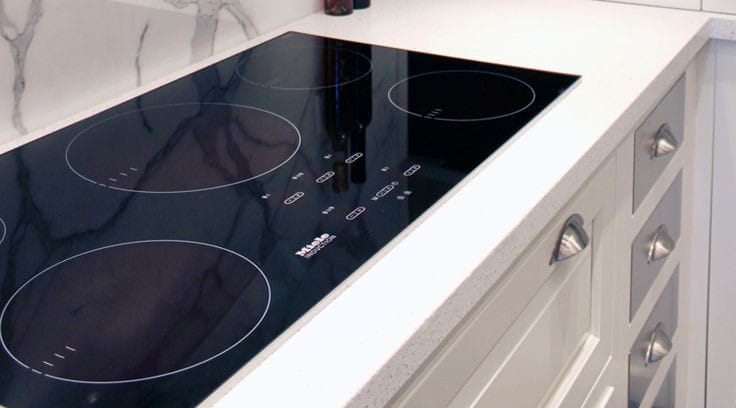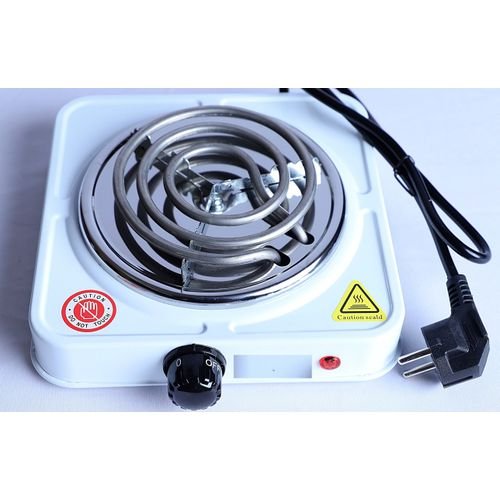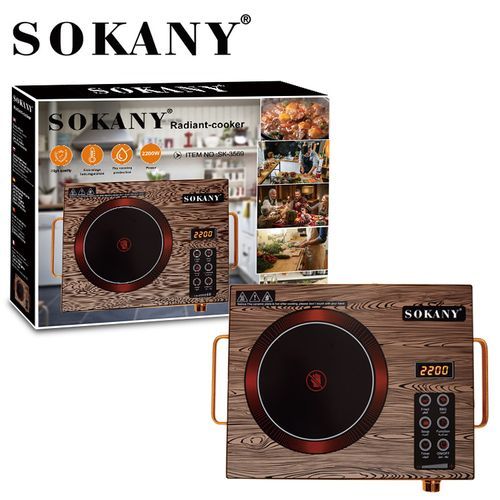Types of Electric Cookers in Kenya.

Introduction
Electric cookers have revolutionized the way we cook, offering convenience, efficiency, and safety. In this article, we will explore the four main types of electric cookers: Induction cooker, Electric coil, Radiant Cooker, and Electric Plate. We will delve into how each type works, how to use and maintain them, and discuss their efficiency. Additionally, we will highlight the advantages of using an electric cooker and provide factors to consider when choosing one.
1. Induction Cooker

The Induction cooker utilizes advanced electromagnetic technology to heat the cookware directly. It works by creating a magnetic field that induces an electric current in the pot or pan, generating heat. To use an induction cooker, simply place the compatible cookware on the cooking zone and adjust the desired temperature using the control panel. Induction cookers are known for their rapid heating, precise temperature control, and energy efficiency.
Maintenance for an induction cooker is relatively simple. Ensure the cookware is compatible with induction cooking, as not all materials are suitable. Regularly clean the glass-ceramic surface with a non-abrasive cleaner to maintain its sleek appearance.
2. Electric Coil

The Electric coil cooker is a classic design that features metal coils that heat up when electricity passes through them. To use an electric coil cooker, place the cookware on top of the coil and adjust the temperature using the control knobs. Electric coil cookers are known for their affordability and widespread availability.
Maintaining an electric coil cooker involves regular cleaning to prevent food residue from accumulating on the coils. It is important to handle the coils with care to avoid damage or breakage. When it comes to affordability, the electric coil cooker price in Kenya varies depending on the brand and features. On average, prices range from KES 1,500 to KES 3,500, ensuring you find a model that suits your budget and cooking needs.
3. Radiant Cooker

The Radiant cooker uses electric heating elements located beneath a smooth glass-ceramic surface. When the cooker is turned on, the heating elements produce infrared radiation, which transfers heat directly to the cookware. To use a radiant cooker, place the cookware on the surface and adjust the temperature using the control panel. Radiant cookers offer a sleek and modern design with easy-to-clean surfaces.
To maintain a radiant cooker, wipe the glass-ceramic surface with a damp cloth after each use. Avoid using abrasive cleaners or sharp objects that may scratch the surface.
4. Electric Plate

The Electric plate cooker consists of a cast-iron heating plate that heats up when electricity is supplied. It is commonly used for simple cooking tasks such as boiling water or simmering soups. To use an electric plate cooker, place the cookware on the heating plate and adjust the temperature using the control knob. Electric plate cookers are compact and portable, making them ideal for small kitchens or outdoor cooking.
To maintain an electric plate cooker, wipe the heating plate with a damp cloth after each use. Avoid submerging the heating plate in water or using abrasive cleaners.
Efficiency Comparison
When it comes to efficiency, the Induction cooker takes the lead. Its direct heat transfer to the cookware results in faster cooking times and less wasted energy. Electric coil cookers are less efficient as they take longer to heat up and cool down. Radiant cookers and electric plate cookers fall somewhere in between in terms of efficiency.
Advantages of Using an Electric Cooker
- Convenience: Electric cookers offer easy-to-use controls and quick heat-up times.
- Safety: With no open flames or gas leaks, electric cookers provide a safer cooking environment.
- Cleanliness: Electric cookers with smooth surfaces are easy to clean and maintain.
- Energy Efficiency: Induction cookers, in particular, are highly energy-efficient.
- Versatility: Electric cookers come in various sizes and designs to suit different cooking needs.
Factors to Consider When Choosing an Electric Cooker
- Power and Heating Capacity: Consider the wattage and number of heating zones.
- Cookware Compatibility: Ensure your existing cookware is compatible with the cooker type. (Induction cookers)
- Size and Design: Choose a cooker that fits your kitchen space and matches your aesthetic preferences.
- Control Features: Look for intuitive controls and precise temperature settings.
- Budget: Consider the initial cost and long-term energy savings.
Conclusion
Electric cookers offer a wide range of options to suit every cooking style and kitchen setup. Whether you opt for the efficiency of an induction cooker, the affordability of an electric coil cooker, the sleekness of a radiant cooker, or the portability of an electric plate cooker, each type brings its own advantages. Consider your cooking needs, maintenance requirements, and energy efficiency when choosing the perfect electric cooker for your kitchen.
